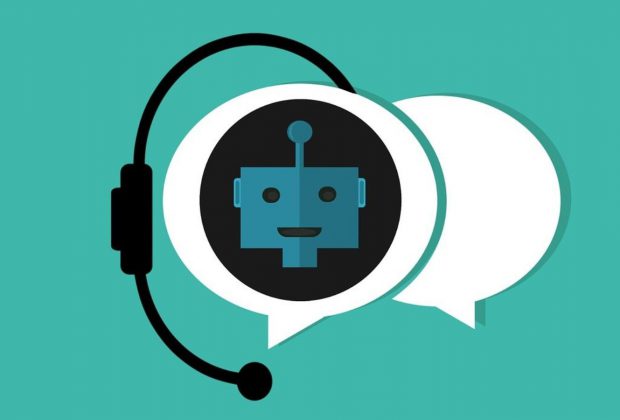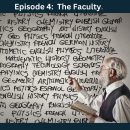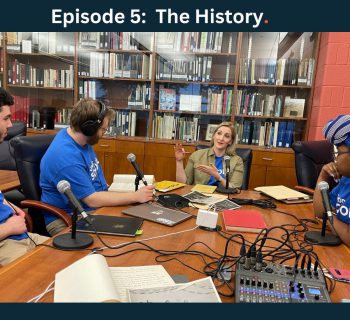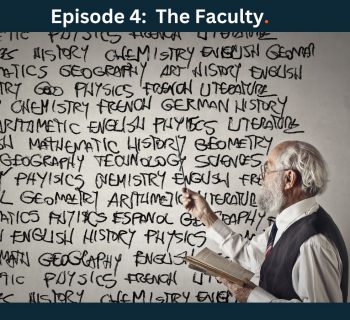*Articles reflect the views of the author and or those quoted and do not necessarily represent the views of CCBC or The CCBC Connection.
Gina Owenby
AI and chatbot usage in college is massively on the rise and it is changing not only the way that students learn but also the way that they complete their assignments. While this technology is erupting globally, when it comes to using it in education, is it helping students or hurting them?
Let’s first take a look at what AI and chatbots are. Artificial Intelligence (AI), as defined by IBM, is technology that enables computers and machines to simulate human intelligence and problem-solving capabilities, allowing it to perform tasks that would otherwise require human intelligence or intervention.
According to Oracle, a chatbot “is a computer program that simulates and processes human conversation (either written or spoken), allowing humans to interact with digital devices as if they were communicating with a real person.” The Center for Teaching Excellence said that “chatbots commonly use artificial intelligence to provide customer service, answer frequently asked questions, or help people complete tasks.”
Some argue that the technology is helping students to learn, where others feel as though traditional teaching methods far exceed the student’s learning experience from a personal, more hands-on standpoint. AI and chatbots can be helpful since the technology is much quicker, providing answers and feedback much faster than traditional teaching methods, giving students access to a wealth of resources.
“But if misused or relied on too heavily, AI technologies could also harm students' critical thinking and problem-solving capabilities,” the Educause Review stated. “This highlights how important it is for teachers to craft questions and assignments that not only test knowledge but also stimulate deeper thinking and analysis.”
Chatbots can hurt a student’s ability to learn in the sense that it does the work for them. Tech Business News stated that, “the ease and convenience of generating text with the help of AI may discourage students from developing their own ideas and conducting independent research, leading to a lack of creativity and originality in their work.” Think about using spellcheck or autocorrect. They are useful tools, but they are not always accurate, taking things out of context or not picking up the proper spelling of the intended word as it fits in the sentence you are writing.
Using a chatbot can be viewed as a form of cheating, especially if you are using it to do all of your work for you. Fortunately for teachers, there is AI detection software that can detect whether or not an assignment was completed solely by using a chatbot.
The importance of recognizing that chatbots are not a substitute for human teachers, eLearning Industry expressed that, “while it can provide support and assistance, it cannot replicate the human element of teaching, which includes empathy, creativity, and adaptability to unique learning needs.”
While the technology is undeniably remarkable, it is also a bit intrusive. You have a powerful tool that can speak for you, as you. Which means that you have to be incredibly discerning when using it, making sure to thoroughly read, as well as edit, what has been written. AI and chatbots also have access to your personal data, which could be exploited, as they are not regulated. Higher Ed Dive stated that today’s college students are “willing to sacrifice more privacy in exchange for more convenience.”
Regardless of the numerous benefits of AI and chatbots, they are not without fail. This is where the importance of traditional teaching is imperative, to give you the skills and the knowledge to be able to decipher if there are mistakes in the computer aided technology you use when completing assignments. In addition to possible errors, Forbes posted an article about harmful chatbot responses from top AI companies that were offensive, as well as lazy chatbots that gave brief responses or refused to complete tasks.
Many schools were trying to keep students from using AI and now they’re scrambling to incorporate it in to their classrooms as they believe it is beneficial for students to know how to use it as a useful tool when entering the workforce. Governments worldwide have also considered banning the use of AI tools in education. eLearning Industry stated that the governments, “have concerns, but a complete ban might not be the best solution.”
Much like a calculator, AI can be a fantastically helpful resource, but not one that can stand on its own. In closing, LinkedIn stated it best, “The future of education likely lies not in choosing between traditional and AI methods, but in finding the right balance that uses the strengths of both.”














